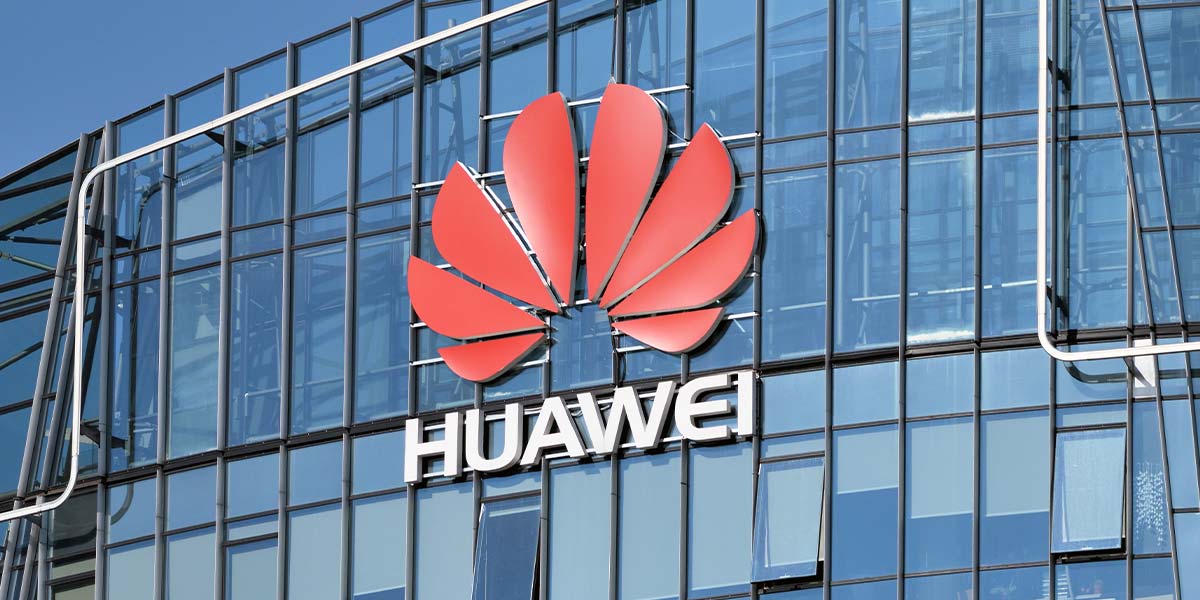Huawei is deepening its artificial intelligence footprint by open-sourcing two advanced AI models from its Pangu series, along with related reasoning technologies, marking a strategic play to grow its ecosystem and counter persistent U.S. export restrictions.
The announcement, made on Monday, extends Huawei’s campaign to create a comprehensive AI value chain. Industry experts suggest the move will empower developers and enterprises to experiment with, tailor, and deploy the models to suit regional and industry-specific needs—a key advantage as Huawei accelerates integration of its hardware and software offerings after being cut off from high-end American AI chips.
Huawei’s open-source release positions the Pangu models alongside similar large language model (LLM) initiatives from rivals like Baidu, which also made headlines this week by releasing its Ernie LLM series. By lowering barriers for developers in China and overseas, Huawei signals both its ambition to lead in AI innovation at home and its intent to broaden its reach abroad.
The core of Huawei’s strategy lies in its integrated “Ascend ecosystem,” a suite of technologies built around its domestically developed Ascend AI chips—chips designed as China’s answer to Nvidia’s world-leading semiconductors now locked out of the country by U.S. export curbs. By coupling open-access Pangu models tightly with its bespoke hardware, Huawei aims to incentivize uptake of its AI servers, chips, and full-stack solutions.
Experts agree that Huawei’s vertical integration, spanning chips to applications, allows it to optimize AI performance and tailor solutions for core sectors including government, finance, and manufacturing.
Though Huawei’s LLMs may not match the versatility seen in models from Baidu or DeepSeek, analysts argue Huawei is playing the long game. Huawei’s aim is not to compete head-on in the generic software sweepstakes, said Marc Einstein of Counterpoint Research. Their bet is that open-source tools will ultimately stoke demand for their hardware—a distinct, hardware-led model.
The chip-to-model strategy, reminiscent of how Google couples its Gemini AI platform to its proprietary chips, could further Huawei’s international push. The company has gradually expanded into overseas AI markets, including data center solutions. By inviting global developers and enterprises to adopt and refine its open-source platforms, Huawei is betting on resonance in cost-conscious emerging markets—echoing its success in infrastructure and telecom gear.
Open source is a lever for Huawei to expand its ecosystem and reach customers wary of Western pricing and geopolitics, said Einstein.





